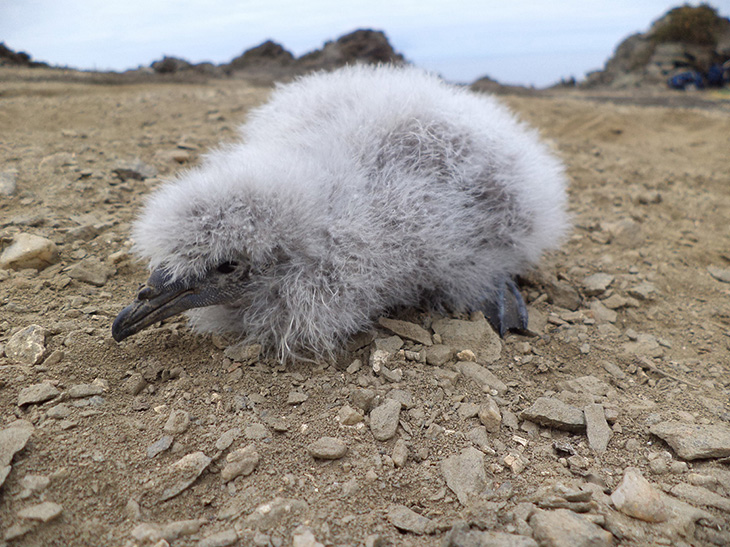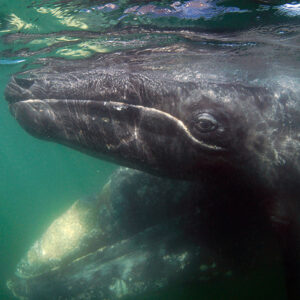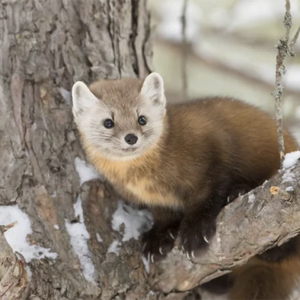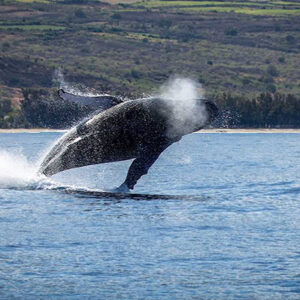
After more than forty years, a remarkable milestone has been reached on Chañaral Island: four active natural nests of Peruvian diving petrels now grace its shores, marking a significant success in conservation efforts. This achievement follows the diligent work of a dedicated conservation group that undertook the challenging task of clearing the island of a deadly invasive species.
Chałaral Island, nestled within the unique Chilean ecosystem, has witnessed a remarkable revival in its seabird population. This renaissance began with the successful removal of rabbits in 2017, and the momentum continued last year with the joyous announcement of the first seabird chick hatching on the island in over four decades.
The success story is a testament to the collaborative endeavors of several organizations. Chile’s National Forestry Corporation (CONAF), the Laboratorio de Ecología y Diversidad de Aves Marinas from the Universidad Católica del Norte, and Island Conservation, renowned for its serial successes in wildlife preservation, joined forces to bring about this remarkable transformation.
The expedition yielded the discovery of four active natural nests, each offering a glimpse of hope for the Peruvian diving petrels, affectionately known as ‘yuncos’ in the local parlance. Among these nests were two with chicks, one with an adult, and another with a fledgling—a promising sign for a species classified as ‘Endangered’ by the International Union for the Conservation of Nature (IUCN) just four years ago.
In addition to the pivotal rabbit removal initiative, scientists from Island Conservation deployed innovative strategies to attract the birds back to their habitat. Solar-powered speakers emitting petrel calls served as a beacon, guiding birds towards suitable nesting grounds. Additionally, conspicuous signage alerted passing individuals to the presence of high-quality nesting habitat nearby.
Today, the tireless efforts of these conservationists have borne fruit: the Peruvian diving petrel has been reclassified as ‘Near Threatened’. This uplifting news underscores the power of collective action and serves as a beacon of hope for the preservation of biodiversity in fragile ecosystems.

“The return of seabirds to Chañaral Island is not only important for the species population, but vital to the overall ecosystem health,” Island Conservation Island Restoration Specialist, María José Vilches, stated.
“Seabirds are critical connectors between the land and the sea, fertilizing the soil with their guano and nourishing the near-shore marine environment. It is incredibly encouraging to see the petrels returning to their island home to nest.”
“The success of the social attraction tools used in the restoration of the Peruvian diving petrel colonies on Chañaral Island has been supported by evidence from parallel sites without sound systems where no signs of petrels have been recorded,” Chañaral Island Park Ranger in the Humboldt Penguin National Reserve, Cristian Rivera, explained.

“These innovations are the first of their kind on a Chilean island and demonstrate the effectiveness of this tool. Within two days of the sounds systems being implemented, petrels began arriving to explore the island.”
Chañaral Island’s history is a tragic tale of ecological disruption. Once a bustling sanctuary for Peruvian diving petrels, it fell victim to human intervention in the form of invasive species. The introduction of rabbits and foxes in the last century brought about the demise of this thriving seabird colony, decimating nearly 100,000 pairs.
The invasive foxes ravaged the native seabird population, preying on them relentlessly. Meanwhile, the invasive rabbits wreaked havoc on the island’s delicate ecosystem by nibbling away at the petrels’ nesting grounds, causing irreversible erosion.
Although efforts were made to eliminate the invasive fox population decades ago, the damage had already been done. The invasive rabbits, however, proved to be a persistent menace. Their continued presence on the island not only degraded the remaining habitat but also thwarted any attempts by the petrels to re-establish their once-flourishing colonies.
So, the introduction of invasive species unleashed a cascade of destruction on Chañaral Island, leading to the local extinction of the Peruvian diving petrels and leaving behind a haunting reminder of the fragility of ecosystems in the face of human interference.
“Once invasive species have been removed from islands, seabird populations can be—and have been—restored with remarkable success,” Island Conservation Conservation Program Science Manager, Coral Wolf, also added. “We’re beginning to see this on Chañaral Island, and I can now envision a not-too-faraway future where we carry these sound systems away, when the birds don’t need them anymore.”
What are your thoughts? Please comment below and share this news!
True Activist / Report a typo


